Efficacy and Timeline of FCC’s Challenge Process Questioned by State Officials, Industry Experts
The challenge process is important because mapping is a “zero-sum game,” panelists said.
Em McPhie
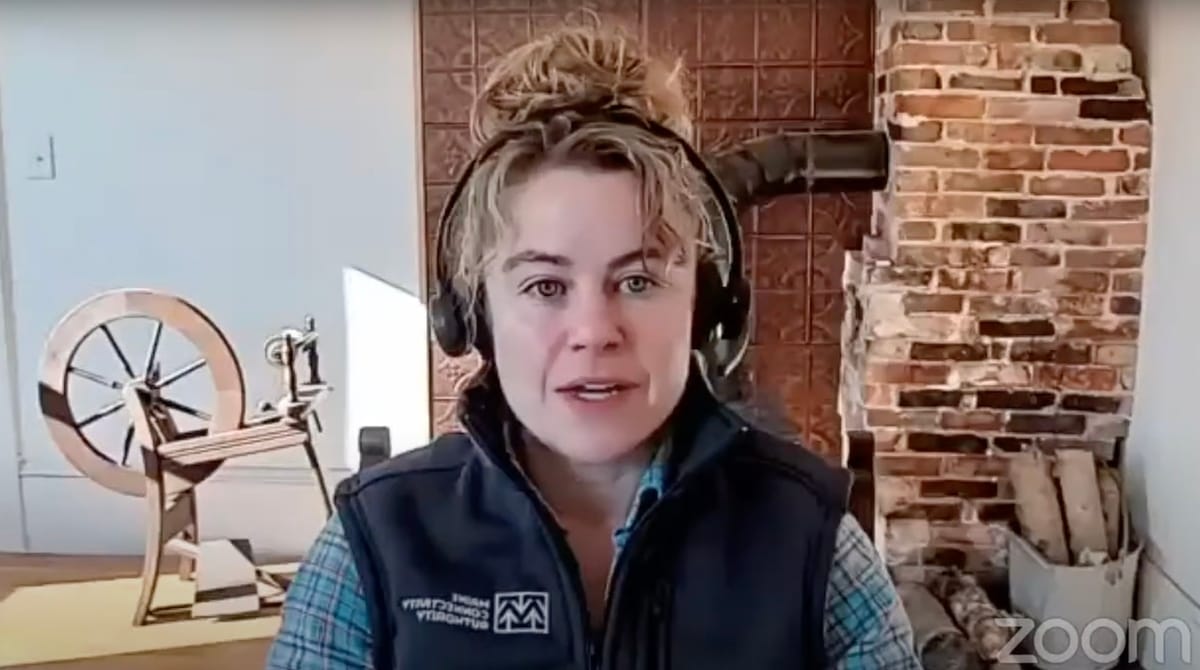
WASHINGTON, January 13, 2023 — As the next deadline for challenging the Federal Communication Commission’s national broadband map arrives on Friday, state broadband officials and industry experts still have questions and concerns about the overall process, according to panelists at a Broadband Breakfast Live Online event on Wednesday.
Much of the urgency surrounding the challenge process stems from the fact that the map will be used to determine the allocation of $42.5 billion in funding from the Broadband Equity, Access and Deployment program. Limited resources and contractual restrictions have barred several states from being able to challenge data that they argue contains significant mistakes and omissions.
The allocation of BEAD funding is “definitely a zero-sum game,” said J. Randolph Luening, founder of BroadbandToolkit.com.
“If everyone presents new locations and new underserved and unserved areas in the same proportions, then nothing changes,” Luening said. “But… if you’re a state broadband office, you do want to be diligent to try to discover those areas within your bounds because they’ll result in, on the margin, a significant number of dollars if you do a good job.”
Although challenges will be accepted on a rolling basis, the NTIA has announced that challenges should be submitted before Friday, January 13, in order to be reflected in the map used for BEAD funding. allocation
However, there is some confusion over exactly which types of challenges are included in this deadline. The fixed-broadband portion of the FCC’s map includes the “fabric,” which is a dataset of locations at which broadband is or could be installed, as well as provider-reported availability data.
Difference between fabric (or location) challenges and availability challenges
Availability, or coverage, challenges submitted by Jan. 13 will be factored into the BEAD allocation map. But according to Meghan Grabill, geospatial data analyst for the Maine Connectivity Authority, the cutoff for fabric (or location) challenges to be included in the BEAD allocation map was Oct. 30.
In an email after the Broadband Breakfast event, Grabill attributed this information to statements made by multiple officials during “office hours” held by the FCC and the National Telecommunications and Information Administration, as well as in private meetings.

Meghan Grabill
The few states who were able to submit location challenges before that date are now far ahead in the “zero-sum game” of obtaining funding, Grabill said.
An October location challenge deadline was not formally communicated by the NTIA or the FCC. Several state broadband offices have continued to prepare location challenges under the assumption that anything submitted by Jan. 13 will be used for BEAD allocation.
On Jan. 5, the two senators from Nevada — Jacky Rosen and Catherine Cortez Masto — wrote in a letter to the FCC that the map was “deeply flawed,” pointing to “missing serviceable locations” and noting that the discrepancies could cost Nevada millions of dollars in federal funding. In order to combat these shortcomings, the senators asked for a 60-day extension of the challenge period.
This extension request was echoed by an open letter signed by local governments and organizations in 19 states and Washington D.C.
Several other states have issued statements highlighting the January cutoff, such as a Jan. 4 press release from the Pennsylvania Broadband Development Authority asking residents to “submit their challenge by the Jan. 13 deadline so the commonwealth receives enough federal funding to expand broadband access.”
The communications from Pennsylvania, Nevada and several other states include explicit reference to location challenges — indicating a belief that both availability and location challenges submitted by Jan. 13 will be included in the BEAD allocation map.
Grabill said she had mixed feelings about a potential extension, noting that while it would be a good opportunity for the office to engage with citizens, it wouldn’t have a major impact on BEAD allocation because “location challenges were kind of where the battle was won.”
Questions remain about the overall efficacy and purpose of the challenge process
Some experts have argued that the challenge process doesn’t matter because the map is consistently inaccurate across every state.
Garland McCoy, executive director of the Precision Ag Connectivity Act Stakeholder Alliance, expressed doubt about the impact of the challenge process on BEAD allocation, saying that whether the deadline passed months ago or whether it will be extended another 60 days is unlikely to “make any difference whatsoever.”
Grabill disagreed with that premise. “People have tried to investigate whether we’re all skewed equally, and I think the answer is no — there’s some winners and there’s some losers in the ‘skewed-ness’ of the fabric and who got noted as served and unserved,” she said.
Even if participation in the challenge process will not yield a higher share of federal funds, states still have reason to actively pursue an accurate map, McCoy said. Local entities should be preparing for the “internal battle that’s going to be taking place within the state maps” when it comes to the division of funding between urban and rural areas.
Unless rural counties actively push for their unserved and underserved populations to be included in the mapping and planning processes, they will not receive the appropriate allocation of funding, particularly because internet service providers lack financial incentive to serve remote locations, McCoy said.
Because the FCC is not requiring providers to formally respond to crowdsourced data, state officials and other actors may feel less motivation to aggressively pursue those challenges, Luening said. However, that data can still prove valuable in certain situations.
“If you’ve got a large area where you have many ISPs who are claiming to provide service, and you have no crowdsourced data points showing that level of service, then it will seem that that’s a pretty good argument that it may not be there… Even though it’s been categorized as a second-class citizen in terms of the FCC response, [crowdsourced data is] still a very powerful tool,” Luening said.
Our Broadband Breakfast Live Online events take place on Wednesday at 12 Noon ET. Watch the event on Broadband Breakfast, or REGISTER HERE to join the conversation.

Wednesday, January 11, 2023, 12 Noon ET – How to Challenge the FCC’s Broadband Map
In November 2022, the Federal Communications Commission published the first draft of its new national broadband map, which displays data for fixed and mobile broadband. In addition to provider-reported availability data, the fixed-broadband portion of the map includes the “fabric,” a dataset of locations at which fixed broadband “is or could be installed” that was constructed by CostQuest Associates — not without some controversy. The map is important because its data will likely factor heavily into the distribution of broadband grant funding, but many state broadband officials have said the processes through which the map’s accuracy can be challenged are difficult and complicated. In this Live Online event, a panel of experts will review the controversies surrounding the FCC’s map and discuss the various challenge processes.
This FREE Broadband Breakfast Live Online event will feature insights from the exclusive Broadband Breakfast Club report for the month of January. Access the full report by registering here.
Panelists
- Meghan Grabill, Geospatial Data Analyst, Maine Connectivity Authority
- J. Randolph Luening, Founder, BroadbandToolkit.com
- Garland McCoy, Executive Director, Precision Ag Connectivity Act Stakeholder Alliance
- Drew Clark (moderator), Editor and Publisher, Broadband Breakfast
Panelist resources
- Oregon county, nonprofit testing rural broadband, Capital Press, Dec 30, 2022
- Broadband Toolkit Whitepapers
- Garland McCoy: Some State Attorneys General Are Preparing to Take the FCC to Court, Broadband Breakfast, December 5, 2022
- Garland McCoy: How Your State Can Defend Its Broadband Maps for Maximum Funds, Broadband Breakfast, October 6, 2022
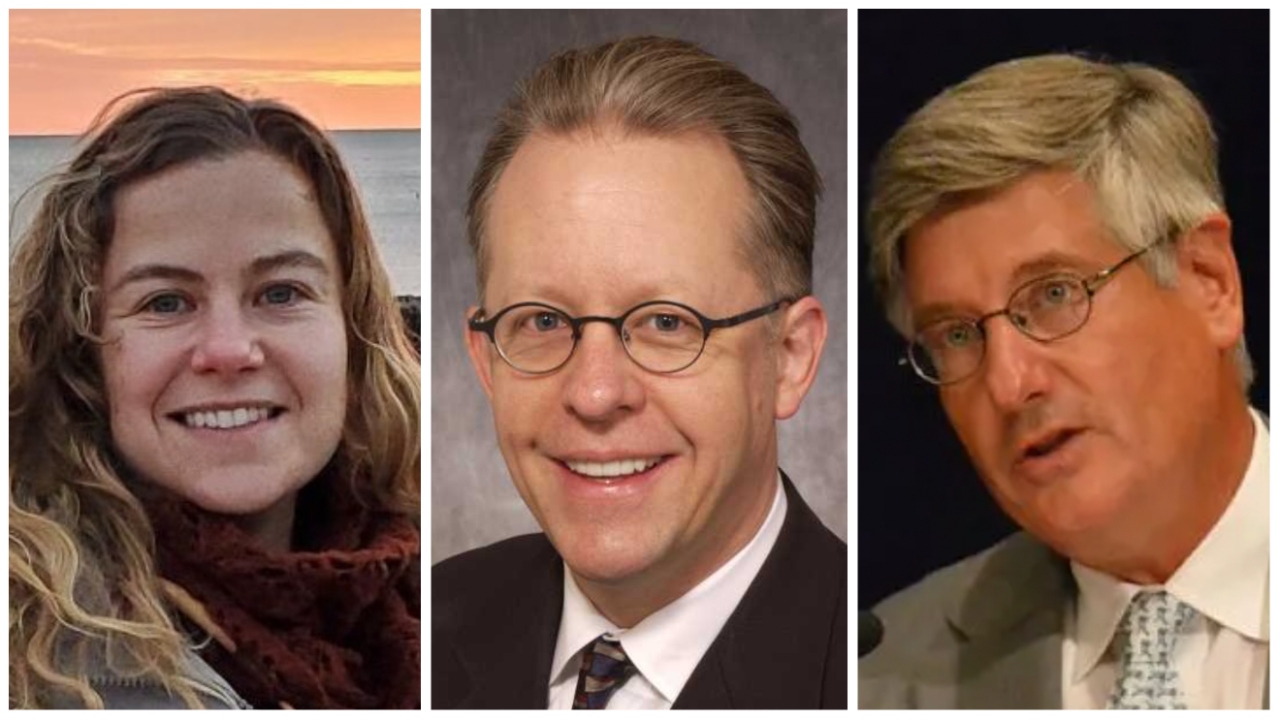
Meghan Grabill is the Geospatial Data Analyst for Maine Connectivity Authority, where she is responsible for data management and analysis to ensure everyone in the state of Maine has access to affordable, accessible, high-quality broadband. With a background in geography and planning, she brings a unique blend of skills and experience to the position with training in spatial analysis and community development. Previously Meghan worked for the Island Institute as a community development officer.
J. Randolph Luening is founder of BroadbandToolkit.com (video), a “commercial mapper” that provides analytical planning tools to the telecommunication industry to help state broadband offices, investors, grant applicants, engineering firms and ISPs in BEAD / CPF and others in infrastructure and funding-related decisions. He has enjoyed a 35-year carrier in the fixed, mobile, and satellite telecommunications, doing business in the U.S., Europe and Asia. His education includes a Bachelors of Science in Electrical Engineering (Duke University), Masters of Engineering in Electrical Engineering (Cornell University) and an MBA in Marketing (Wharton School of Business).
Garland T. McCoy, co-founder and executive director of the Precision Ag Connectivity and Accuracy Stakeholder Alliance, is a long-time nonprofit veteran in the fields of technology and telecommunication policy, having served as Founder and CEO of the Technology Education Institute. Garland was recently an adjunct professor at Syracuse University’s iSchool, teaching information policy and decision making, and can be reached at garland.mccoy@pagcasa.org.
Drew Clark (moderator) is CEO of Breakfast Media LLC. He has led the Broadband Breakfast community since 2008. An early proponent of better broadband, better lives, he initially founded the Broadband Census crowdsourcing campaign for broadband data. As Editor and Publisher, Clark presides over the leading media company advocating for higher-capacity internet everywhere through topical, timely and intelligent coverage. Clark also served as head of the Partnership for a Connected Illinois, a state broadband initiative.
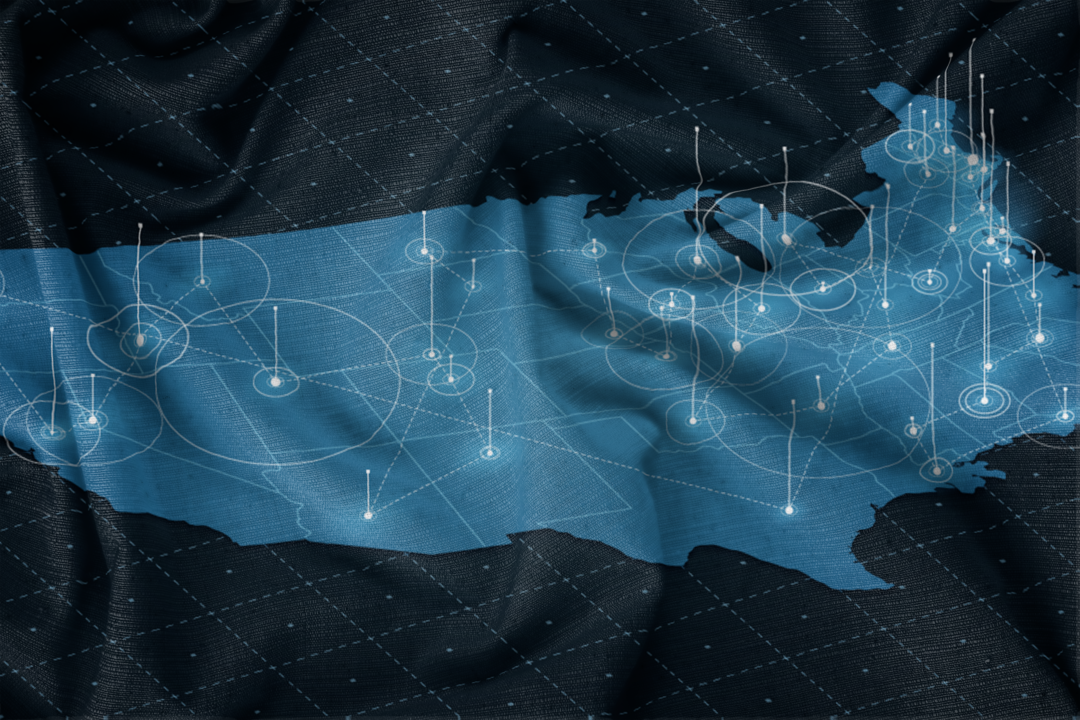
Photo illustration by Em McPhie/Breakfast Media/Adobe Stock
WATCH HERE, or on YouTube, Twitter and Facebook.
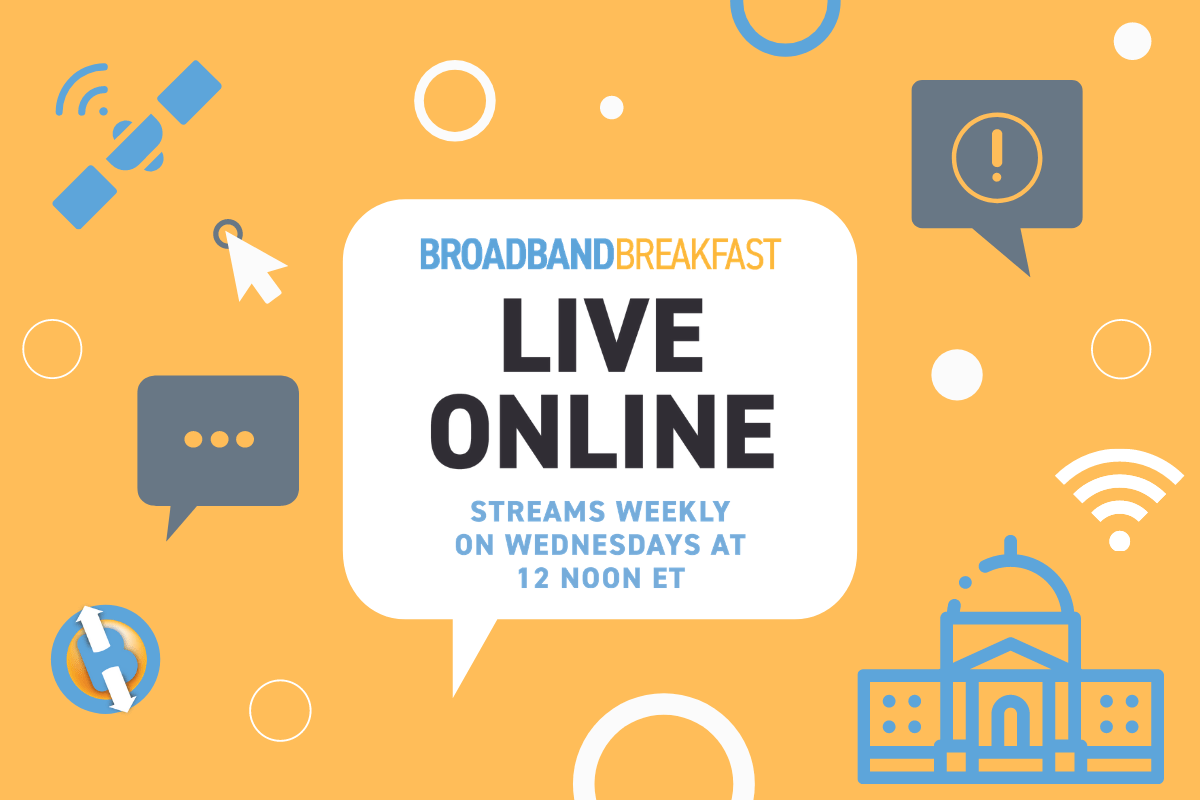
As with all Broadband Breakfast Live Online events, the FREE webcasts will take place at 12 Noon ET on Wednesday.
SUBSCRIBE to the Broadband Breakfast YouTube channel. That way, you will be notified when events go live. Watch on YouTube, Twitter and Facebook.
See a complete list of upcoming and past Broadband Breakfast Live Online events.






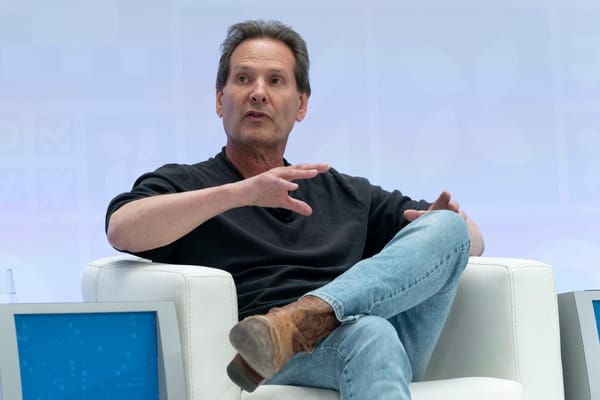


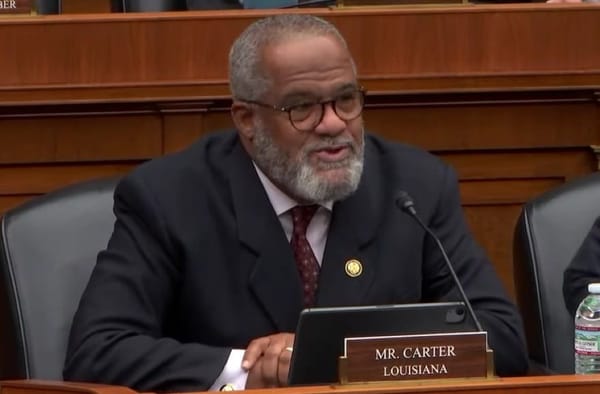
Member discussion